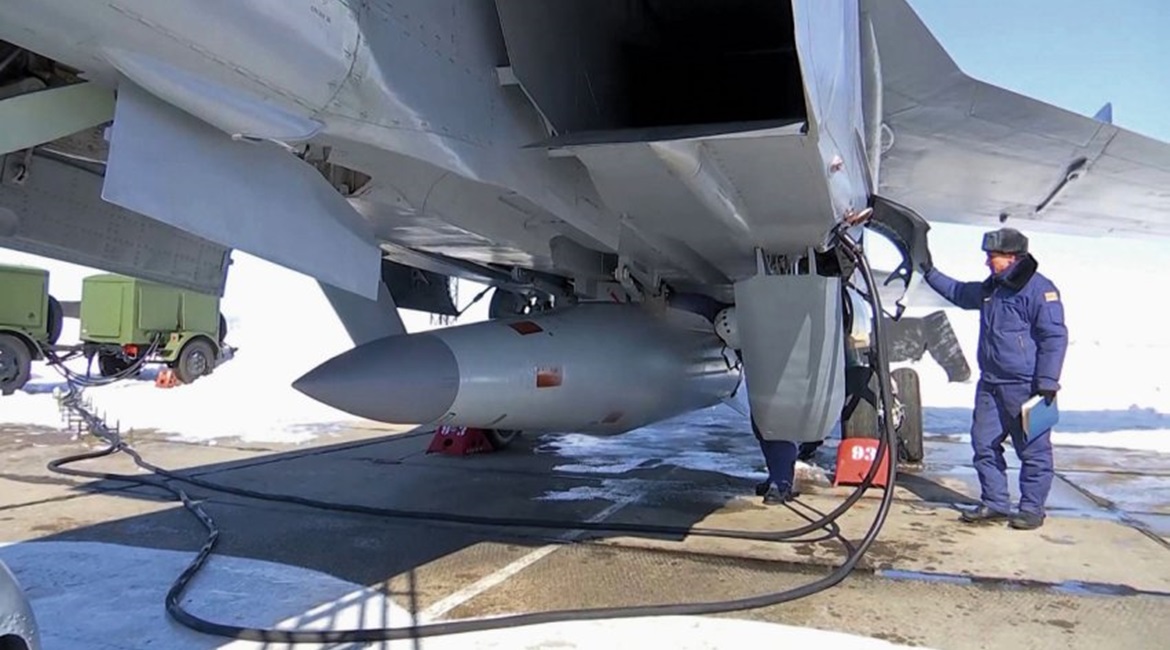
Hypersonic-speed missiles and weapons pose vexing yet likely surmountable challenges to radar engineers, with some new designs now reaching the market.
Hypersonic technology could propel ordnance to speeds in excess of Mach 5 and has been enthusiastically embraced by military planners and missile engineers. The Russian Aerospace Forces, for example, are understood to be introducing hypersonic weapons including the conventional and nuclear Kh-47M2 air-to-surface missile, which has a claimed speed of Mach 10.
Various hypersonic initiatives are ongoing, with the People’s Republic of China reportedly developing the DF-ZF glide vehicle, Russia’s NPO Mashinostroyeniya working on the 3M22 Zircon surface-to-surface missile, and each of the US military branches running a development programme.
Hypersonic missiles pose challenges to radar designers due to their high velocities, manoeuvrability, and radar cross section (RCS). While software controlling contemporary ground-based and naval air surveillance radars operates at enviable speeds, the velocities of hypersonic weapons can still cause issues. For example, if a radar needs two seconds to detect and commence tracking a Kh-47M2, if flying at Mach 10, it would in that time have already travelled almost 7 km.

The Russian Air Force’s Kh-47M2 missile is a hypersonic weapon that can reportedly reach speeds of up to Mach 10. Such targets could pose challenges to conventional radar technology.
Looking to read the full article?
Gain unlimited access to Janes news and more...